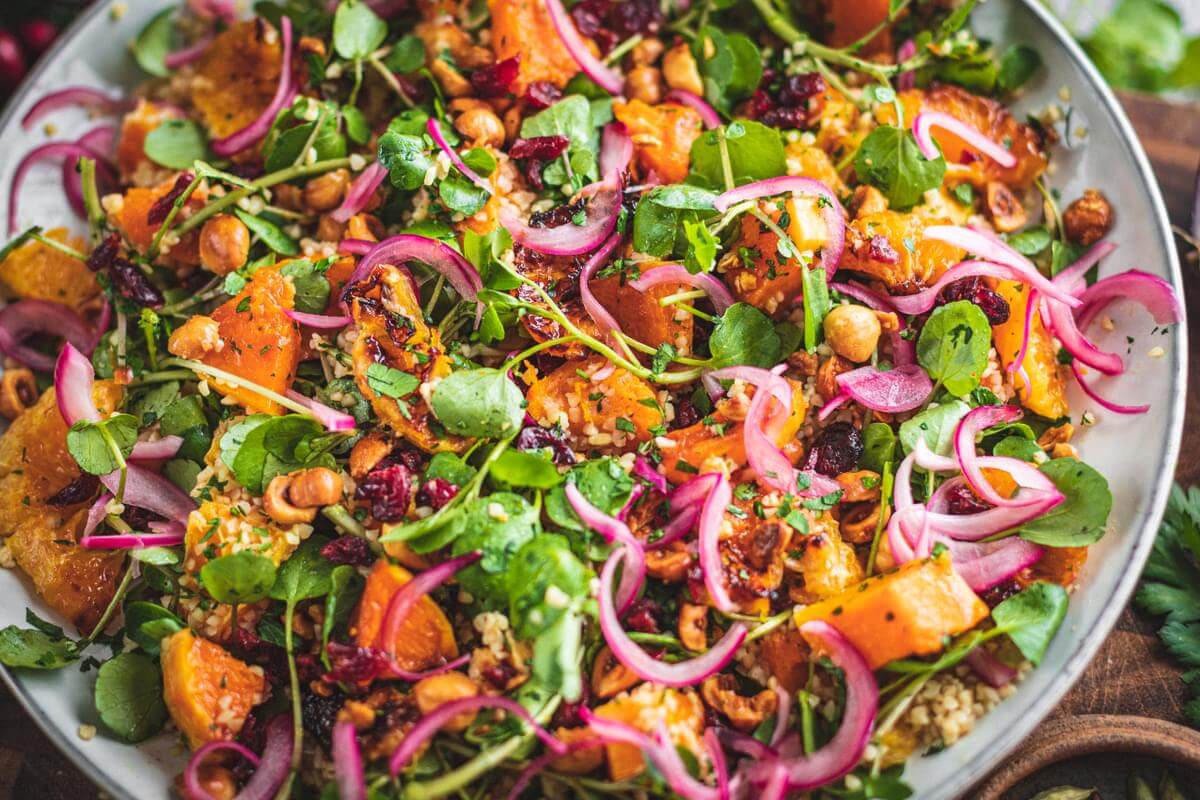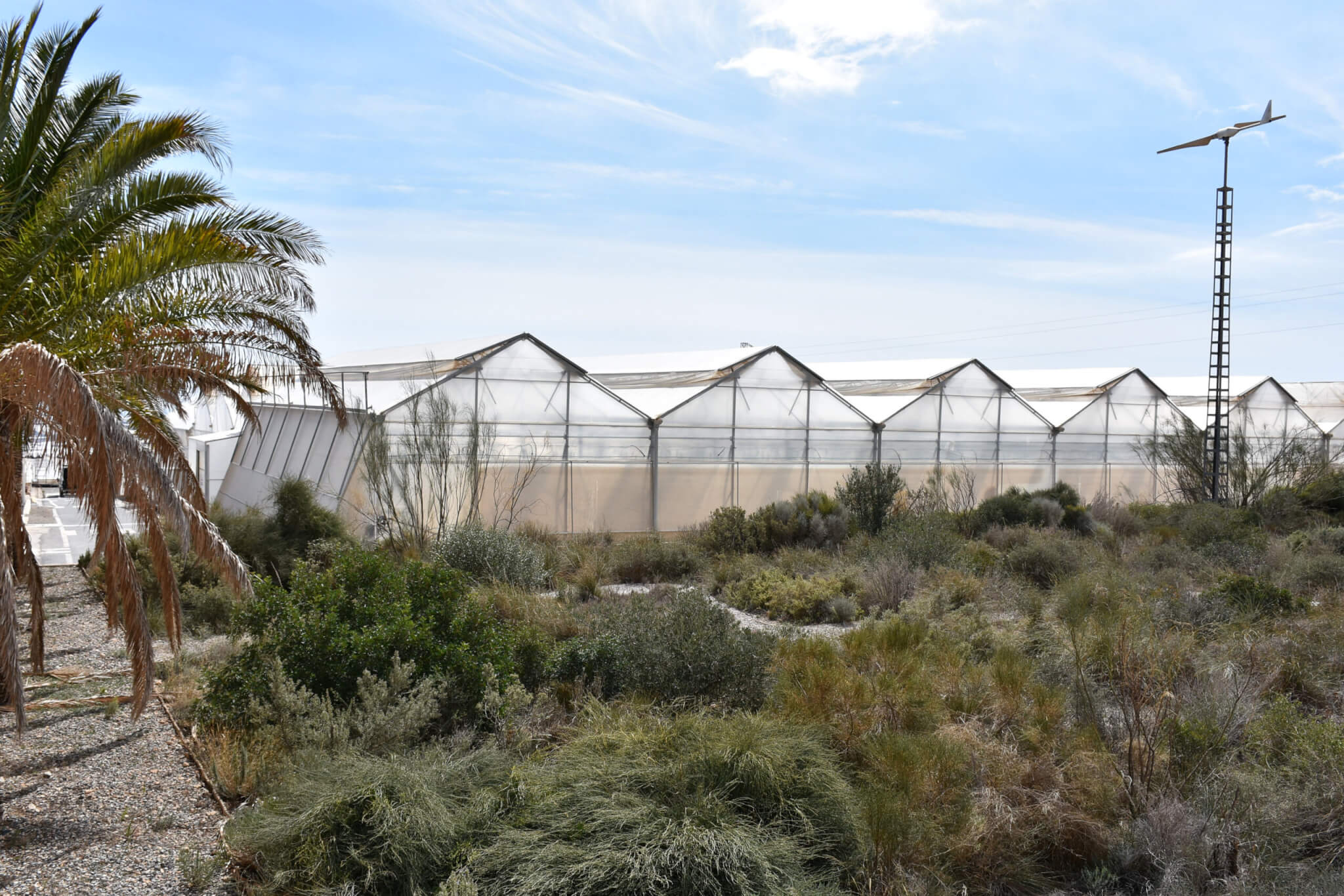On 1 May 2004, the London food scene changed almost overnight. This was the day that seven former Eastern Bloc countries – Lithuania, Latvia, Estonia, the Czech Republic, Slovakia, Hungary and, most consequentially, Poland – joined the European Union, the endgame of a 15-year project that started with the fall of the Berlin wall, and reached its denouement with the arrival of the polski sklep as a London institution. The labour market immediately exploded (or imploded, depending on who you talk to).
Net migration to the UK from the EU suddenly jumped from almost zero to nearly 100,000 people a year, primarily as a result of the new accessions. The UK was one of the very few EU countries that imposed no work restrictions, meaning that London became the primary destination for Europe’s economic migrants. In 2007, the same thing happened with Romania. A decade later, Polish and Romanian citizens would make up the biggest proportion of foreign-born nationals in the UK, overtaking Indians from the old empire.
What is curious is that many members of this new wave, unlike those who came before them, did not open restaurants. They changed the London food industry through their labour: many worked across hospitality, from small cafes to high-end restaurants (the restaurateur Jeremy King estimated that up to 75 per cent of his workforce was from mainland Europe by 2016), in shops, in bars, on farms, in abattoirs. Perhaps it has something to do with the untrendiness of the cuisine, of Eastern European food being unable to shake off an (undeserved) reputation as Soviet-style poverty food and herrings under fur coats (Barclay Bram has also remarked that there has been no Polish equivalent of Ottolenghi).
Perhaps the biggest influence of Eastern Europe on London dining is the masquerade: if you ask, rather than taking its signage as a given, you may find that your local Italian deli is run by Romanians, your Greek taverna by Bulgarians or Albanians.
But what is more likely is that the transient (and ultimately, as it turned out during the Brexit vote, conditional) nature of EU immigration was not conducive to opening restaurants that require a large amount of investment and a certain degree of being settled. Instead, it was the polski sklep – the Polish shop – that left the biggest mark on London, becoming as ubiquitous as the newsagents.
The fact that Eastern and Central European restaurants haven’t become a London demotic doesn’t mean that they don’t exist. Polish restaurants, for instance, have a long history here, from the post-war opulence of Daquise and Ognisko to cheap dumpling and vodka cafes like Mamuśka in South London. Romanian restaurants, while rarely getting any press or frequented by anyone outside the community, are becoming increasingly common: from Edmonton to Croydon, from Barking to Ealing. And although there are a smattering of Lithuanian, Hungarian and Latvian restaurants (where you will have an extremely good time), perhaps the biggest influence of Eastern Europe on London dining is the masquerade: if you ask, rather than taking its signage as a given, you may find that your local Italian deli is run by Romanians, your Greek taverna by Bulgarians or Albanians, and that we’re still waiting for the Balkan Ottolenghi to show us the way.
Ognisko
Even though the elderly and well-dressed clientele can give the early dinner sitting the appearance of an extremely well-catered funeral, Ognisko is really one of the great London dining rooms: it is both opulent and intimate, a place you could conceivably take your date or your grandparents, or both. Yet the best place to sit is at the bar, where you have the entire tableau of the candlelit room set out before you. From this serene position – eating pierogi and fat pelmeni at the counter – you can witness well-managed chaos. The food here is better than it needs to be and, in some cases, exceptional: potato pancakes like McDonald’s hash browns, served with blushing chicken livers, and a multi-layered honey cake, like a millefeuille of Graham Crackers. Make sure, whatever you do, to get two carafes of homemade vodka – one for the food. And one for the road.
Mikrus
Order sledzik (mortuary-cold pickled herring – that icy, pelagic North Sea fish), with white onions, white vinegar and dill, or placuszki: hench rosti amped up on protein shakes, dipped in sour cream or gravy.
If Ognisko is Poland as it was, Mikrus on Streatham’s resurgent river-wide high street is Poland as it is now, without romance: low blue lighting, disco balls and turbo-folk. Order sledzik (mortuary-cold pickled herring – that icy, pelagic North Sea fish), with white onions, white vinegar and dill, or placuszki: hench rosti amped up on protein shakes, dipped in sour cream or gravy or, ideally, both. Mains could feed an army – a huge knuckle of pork comes with a mass of sticky, sour cabbage that has been dredged through all the fat from the pork, as if the chef scraped up the caramelised remnants of ten pans just for one portion. Or an escalope the size of Dominic Cummings’ head, crowned with salty cheese. Whatever you order, if you praise the owner’s homemade kompot, you should expect to receive some very necessary shots of cherry liquor to settle the stomach on the bus ride back.
Mahala
When entering Mahala in Croydon, you may feel it has the vibe of a pub – a bar in the middle of the room, banquettes, and music slightly too loud to hear anyone – it’s probably because it once was one. Now the building serves a new institution: a Romanian restaurant, and one of the few making an attempt to appeal to anyone outside of the Romanian community (the room has the feel of any mid-end pan-Mediterranean restaurant in any small English city centre). The food is excellent: the amount of garlic in the tripe soup could revive you at a Romanian wedding at 2am, while the cabbage rolls, stuffed with rice and mince and served with a square of polenta, are worthy of every central London restaurant serving their iteration of homely comfort food. With grills, burgers, sandwiches and chips on the menu, you can imagine it being rolled out nationwide as a vast improvement on Wetherspoons.
This excerpt is taken from London Feeds Itself, a new book exploring food and urbanism in London featuring chapters by 25 different writers and 125 restaurant recommendations. London Feeds Itself is available from Open City and independent bookshops.









0 Comments